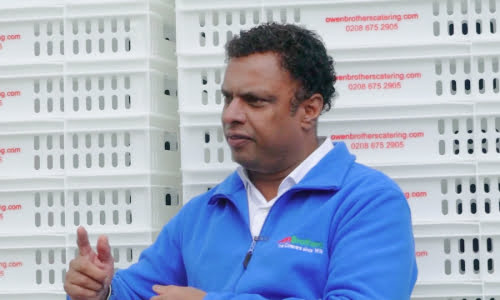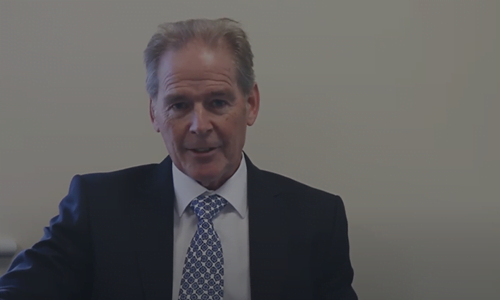Best Practices of Sustainable Software Development in 2025

Everyone at this time agrees upon the fact that the online business world is growing day by day. Every change in this world brings a few trends that aren’t just temporary. These trends can describe your position in the coming time. Currently, it is “sustainability”, an even more impactful thing is you can be sustainable with software too. Surely, technology has out done itself!
But wait! if sustainable software development, popped up many questions in itself. What is Sustainable software development? What are the best practices? and long-term advantages of Sustainable software development.
Then just jump into the blog as there is a lot to discover about this topic!.
What is Sustainable Software Development?

Sustainable software development or green software development is the practice of designing, building, and maintaining software in a way that it can minimize its impact on the environment. So, this technique for software development can actually guarantee efficiency and longevity.
Sustainable software development refers to writing energy-efficient codes, and optimizing infrastructure, along, of course, with ethical data management so that they all contribute to less carbon footprints in the digital world.
Simply put, Sustainable software development is the development of software applications that not only serve their purpose but also do their assigned duty without unnecessarily wasting computing power, energy, or any other resources.
Why Does It Matter?
Digital transformation acceleration is making software consume more energy than ever it used to before these technical transformations. From massive cloud data centers to everyday applications, technology contributes significantly to global energy usage. Sustainable software development ensures that your businesses remain competitive while reducing environmental harm and operational costs.
What a great deal it is!
Let’s continue and unfold one more layer of the best practices that make sustainable software development possible.
Write Smarter, Leaner Code

Inefficient code is wasteful. It takes more power, increases server stress, and ultimately impacts your carbon footprint. In fact, poorly optimized code increases energy usage by up to 50%. By working with clean, optimized coding practices, you will be able to reduce energy consumption and contribute to a greener tech ecosystem.
Best Practices
- Choose better algorithms: Efficient algorithms reduce processing time by up to 40%, cutting energy use significantly. For instance, switching from a nested loop to a binary search will process data faster while using fewer resources.
- Manage memory wisely: Eliminating memory leaks will improve performance by up to 20%. By using proper garbage collection and avoiding over-allocation, you save both energy and operational costs.
- Reduce redundant API calls: Did you know that a single API call consumes 0.35 kWh on average? Batching API requests or caching results cut these calls by 30-50%, minimizing server strain and energy waste.
- Lighten up the front end: Cutting down on heavy JavaScript libraries and unnecessary animations reduces page load times by 30% and lowers browser energy consumption by 15-20%.
- Limit background tasks: Background processes running unnecessarily increase CPU energy usage by 10-30%. Implement intelligent task scheduling to ensure only essential processes run when needed.
By following these practices, you not only create efficient and eco-friendly software but also improve user experience with faster, more responsive applications. Small changes in code efficiency can make a big difference—both for the environment and your bottom line.
Need a future-proof Ecommerce store ?
Our Experts Can Help!
Use Green Cloud Computing
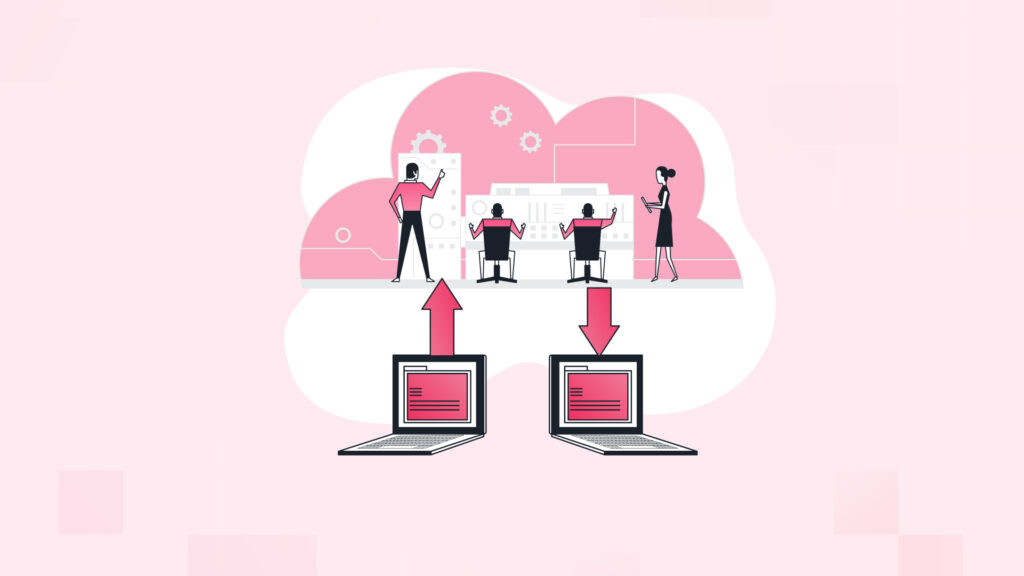
Cloud computing is indispensable in today’s digital age, but its environmental impact is significant. Data centers currently consume around 200 terawatt-hours (TWh) of electricity annually, accounting for nearly 1% of global energy consumption—a number expected to grow. Fortunately, adopting green cloud practices can drastically cut emissions and energy use.
How to Keep It Green
Pick eco-conscious providers: Cloud giants like AWS, Google Cloud, and Azure are leading the charge with renewable energy investments. For instance, Google Cloud is 100% carbon-neutral, and AWS is on track to use 100% renewable energy by 2025. These platforms significantly lower your software’s carbon footprint.
- Go serverless: Serverless computing can optimize resource usage by up to 65%, as you only pay for active processing time. This avoids wasting energy on idle servers.
- Leverage containers: Using containerization can reduce resource overhead by up to 30%, ensuring your applications run leaner and faster.
- Use caching and load balancing: Caching frequently accessed data can decrease load times by 40%, while load balancing distributes traffic efficiently, lowering server strain by 20-30%.
- Host on renewable-powered data centers: Data centers powered by solar, wind, or hydro energy can cut your carbon emissions by up to 98% compared to traditional grid-powered facilities.
By incorporating green cloud strategies, businesses can enjoy cost savings, better performance, and a significantly reduced environmental footprint. It’s a win-win for sustainability and scalability!
Build Sustainability into the Development Lifecycle

Sustainability isn’t a quick fix; it’s a mindset that needs to be embedded into every phase of the Software Development Lifecycle (SDLC). By making eco-conscious decisions from the start, developers can create software that’s efficient, durable, and aligned with environmental goals.
Where to Focus (with Key Stats):
- Automate Deployments: By automating continuous integration/continuous deployment (CI/CD) pipelines, businesses can reduce idle server resources by up to 50%, as processes are triggered only when needed.
- Design for Efficiency: Energy-efficient UX/UI design isn’t just user-friendly—it’s sustainable too.
- Dark Mode: Reduces energy usage by up to 63% on OLED and AMOLED screens.
- Optimized Fonts and Lightweight Assets: These reduce loading times and processing power, cutting energy use by 15-20%.
- Energy-Friendly Color Schemes: Light, muted colors are less energy-intensive than vibrant hues, particularly for displays.
- Monitor Performance: Regular performance checks using tools like New Relic or AppDynamics can detect wasteful processes, helping reduce resource consumption by up to 40%.
- Plan for Longevity: By avoiding trends that lead to software obsolescence, you can extend the lifespan of your application by 3-5 years, reducing digital waste and the need for frequent replacements.
When sustainability is integrated into the SDLC, the result is software that performs better, lasts longer and aligns with both business goals and environmental responsibility.
Manage Data More Responsibly
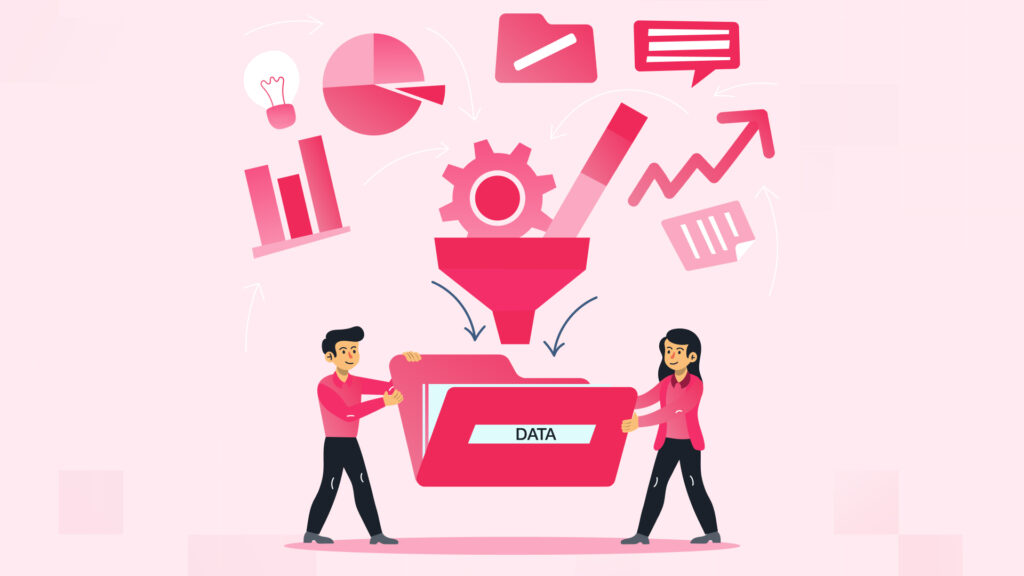
In this day and age when everything is digital-first, data is like fast food-it collects quite easily but comes with its hefty price if mismanaged. True, not every data needs to be there on the permanent menu. Yes, it is very beneficial to the economy, but because it reduces energy use, it is also essential for the environment.
Smart Data Habits (and Why They Matter):
- Purge Unnecessary Data: Cleaning is like spring cleaning for your servers. Deleting outdated files regularly will reduce the chances of storage costs up to 40% and process those demands.
- Keep It Edge: Processing data closer to users lessens the need for the cloud and results in up to a 70% energy reduction in some cases. Compress, Compress: Smaller files mean smaller headaches. For example, streaming file compression can result in bandwidth savings of as much as 50 percent.
- Be Judicious with Backups: incremental rather than complete backups each time. It’s an easy way to save up to 60% of storage space and energy.
Reuse and Open Source
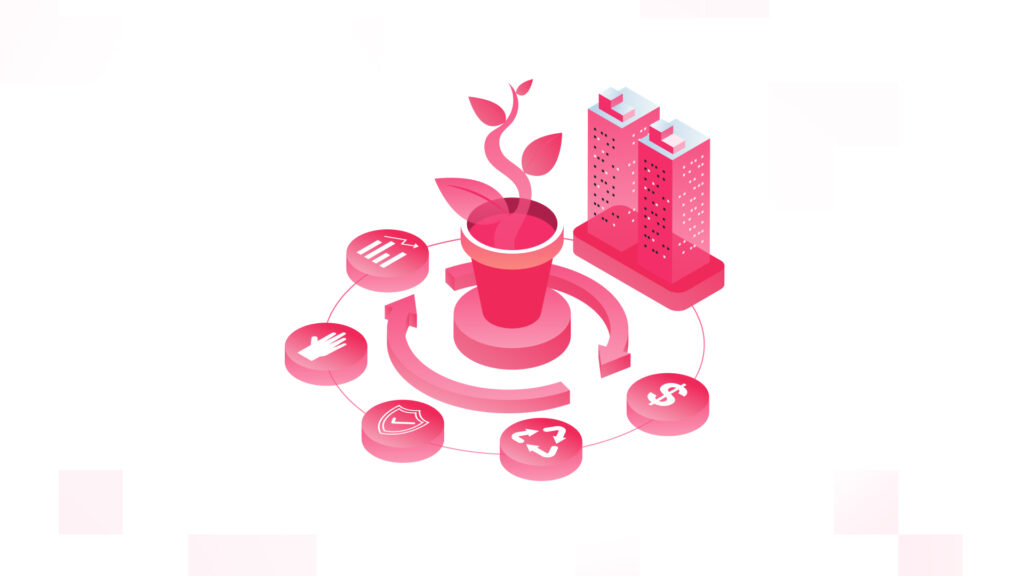
Reinventing every wheel from scratch wastes precious time and resources. Open-source solution and reusable components are recipes in a common cookbook: These are just for easier, faster, and greener.
Smarter Development Practices:
- Lean on Open-Source Libraries: Why code from scratch when trusted libraries can save you 25-30% of development time?
- Modular Code is King: Writing reusable, modular code makes your software scalable, reduces rework, and ensures efficiency over time.
- Don’t Ditch, refactor: Refactoring legacy code instead of starting fresh saves resources and can cut rework time by 50%. Reusing isn’t just practical—it’s sustainable. And let’s be honest, isn’t that a win-win?
Follow Sustainability Regulations
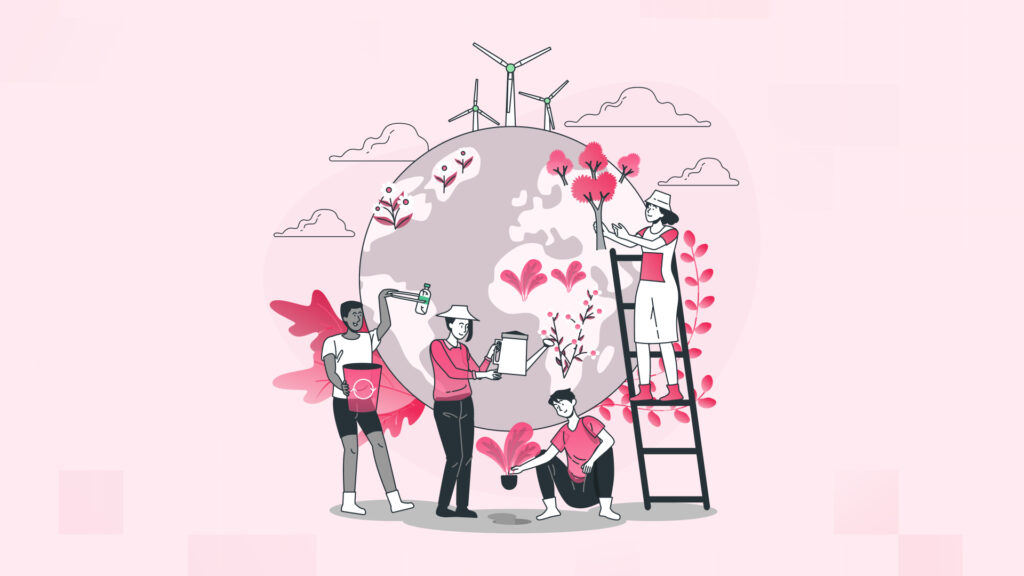
With sustainability becoming a global priority, sticking to regulations isn’t just about avoiding fines. It’s a chance to build trust and showcase your commitment to the planet.
Compliance Made Easy:
- Track Your Carbon Footprint: Tools like Cloud Carbon Footprint make it easy to monitor and optimize energy use.
- Follow Global Standards: Adhere to frameworks like the EU’s Digital Product Passport to ensure your products are energy efficient. Source Responsibly: Use ethical software components that align with environmental standards.
- Earn Eco-Credentials: Certifications like ISO 14001 don’t just look good on paper—they signal to customers that you care. Think of it as a badge of honor for being on the right side of history.
Develop with Hardware in Mind
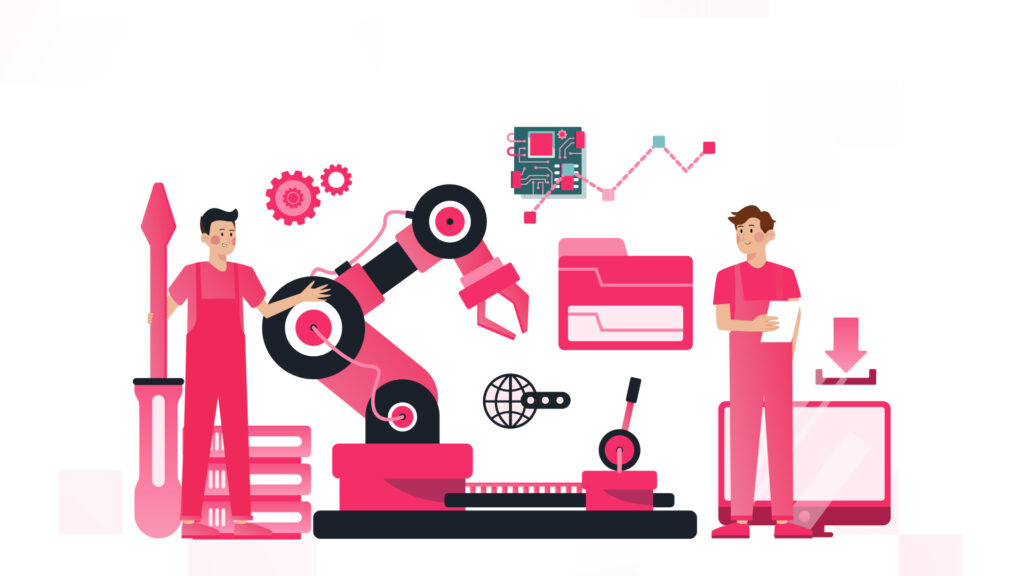
Why build software that demands the latest gadgets when you can make it work seamlessly on older devices? Sustainable software not only reduces e-waste but also keeps your users happy.
Hardware-Friendly Software Tips:
- Go Low-Power: Design apps that run like butter on older devices, reducing the need for upgrades.
- Adaptive Performance Scaling: Dynamically adjust resource usage based on real-time needs to avoid overloading systems.
- Avoid Software Bloat: Keep it lean and mean—streamlined apps are faster, lighter, and less wasteful.
- Support Longevity: Don’t push forced obsolescence; keep supporting older devices to prevent unnecessary e-waste. Your software doesn’t need to demand a Ferrari when a bicycle will do.
Encourage a Circular Software Economy
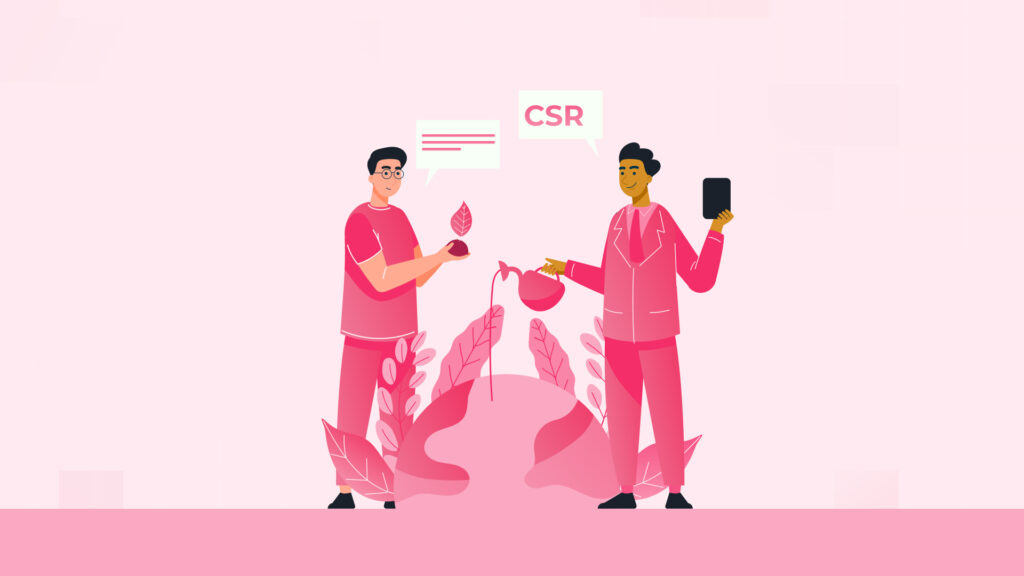
Software, like fashion, doesn’t have to be disposable. By designing for reuse and longevity, we can create systems that work better—and longer—for everyone.
How to Keep Software in the Game:
- Support Legacy Systems: Maintain and upgrade rather than constantly replace older software.
- Go Modular: Let individual components be updated without scrapping the entire system—saving 30-50% in costs.
- Think Minimal: Build only what’s necessary. No one needs a bloated app with features they’ll never use.
- Integrate Seamlessly: Software should play well with others. Build integrations that reduce the need for isolated systems. The future is about less waste and more collaboration—why not start now?
Use AI to Optimize Sustainability

If software is the muscle, AI is the brain. It’s time to let AI do the heavy lifting for sustainability.
AI in Action
- Predict Energy Use: AI can anticipate workload demands and adjust processes to minimize power consumption.
- Dynamic Resource Allocation: Allocate resources on the fly, ensuring nothing is wasted.
- Optimize Code: AI-powered tools like DeepCode can detect inefficiencies and trim fat.
- Bug Patrol: Identify energy-draining bugs and fix them before they become a problem. AI isn’t just a buzzword—it’s a game-changer for sustainable software.
Educate Developers on Green Coding

Sustainability isn’t just a process; it’s a mindset. By educating developers, we can embed eco-friendly practices into the heart of software development.
Spreading the Green Gospel:
- Teach It Early: Make sustainability a core part of bootcamps and computer science programs.
- Host Green Hackathons: Inspire innovation with eco-friendly coding challenges.
- Share Best Practices: Develop accessible guides and resources for teams and communities. Sustainability isn’t just about writing better code—it’s about writing a better future.
Looking for a technical partner to help you built sustainable store Ecommerce store?
We Can Help!
Final Thoughts
Sustainable software development isn’t a trend; it’s the new standard. By taking responsibility—from how we manage data to how we educate developers—we can build solutions that are not just innovative but also kind to the planet. The best part? Sustainability doesn’t just help the environment; it makes your software smarter, faster, and more efficient.
Sounds like a win-win, doesn’t it? Then join Sustainable software development win!
 Shopify
Shopify




